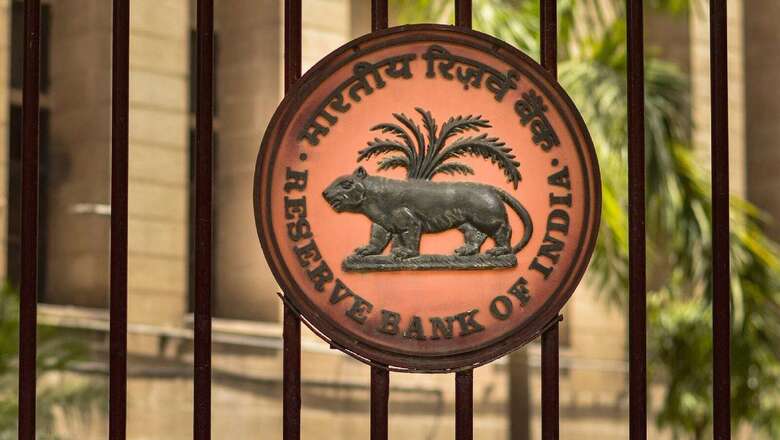
views
The sweeping economic sanctions on Russia – the second-largest producer of crude oil – following its invasion of Ukraine late last month can cull global and domestic growth along with the added pains of higher inflation and currency depreciation, RBI Deputy Governor Michael Patra has said. And if the war lingers on, it can even lead to deglobalization and even a recession, he added.
The ongoing war has only added a whole new dimension to the outlook, and in fact, a weighty downside, Patra said in a lecture at the industry lobby IMC this evening. And the results are for all to see: market volatilities, bleeding currencies, runaway inflation, and current account deficits, he said.
On the impact of the rising commodity prices, especially crude oil, he warned of more risks of a global recession, saying although the situation today is significantly different from the oil shocks of the 1970s, energy markets are global and price waves find their way around the world and if they sap household spending, the risk of a recession can only intensify. While immediate implications are likely lower growth, higher inflation, and disruptions to financial markets, the longer-term implications are disruptions to global supply chains. And if sanctions turn away demand, trade, and investment, there can even be deglobalization and recession. Already talks of stagflation have leapfrogged into the discourse on global economic prospects, Patra said.
Already high-frequency indicators suggest that global growth has lost steam in Q1 of 2022. While multilateral institutions expect global GDP growth may lose up to 2 percentage points this year and next in a baseline scenario, private sector estimates indicate that if crude prices jump to USD 150 a barrel, it will knock off another 1.6 per cent of global GDP and push up inflation by another 2 per cent. In 2013, we became one of the fragile five, roiled by financial market turbulence and the rupee was among the worst affected currencies then, Patra noted.
Whether 2022 is an encore of 2013, he said global economic conditions in 2013 are set to unfold in 2022 but on divergent paths — advanced economies were mending and gaining pace despite fiscal consolidation, emerging economies were slowing due to the tightening of external financing conditions. The big difference was inflation. Commodity prices fell amidst improving supply conditions and EMs had poor demand for commodities. As a result, both fuel and non-fuel prices declined and growth pick-up in AEs was not enough to pull in the slack and output gaps remained large and negative. Consequently, inflation eased in AEs. In EMs, the picture was somewhat similar to conditions prevailing today, with inflation turning out to be persistent and range-bound, and pushed up by the pass-through of currency depreciation.
Circling back to 2022, Patra said global recovery is once again on a weak wickedly and prone to mishits. The omicron wave has taken its toll and there is growing evidence of loss of pace in Q1 of 2022. As in 2013, the paths for AEs and EMs are diverging, with AEs expected to cross pre-pandemic trends, while EMs lag behind. Also, financial markets are highly volatile now, as they were in the fateful summer of 2013. And the ongoing war has only added a whole new dimension to the outlook, and in fact, a weighty downside, he added.
While AEs (advanced economies) are struggling with inflation at multi-decadal/ record highs, in EMs (emerging market) too, inflation is way above targets, prompting them to be first movers in raising policy rates. In terms of financial conditions, it is sobering to keep in mind that the US taper involved winding down a USD 85 billion monthly purchase programme in 10 months in 2013.
Before the 2013 taper, Fed expanded its balance sheet by around USD 3.1 trillion over 64 months. But in response to the pandemic, the Fed's balance sheet has expanded by USD 3.1 trillion in nine months ending November 2020. It expanded another USD 1.3 trillion in the ensuing 11 months ending October 2021 and continued to grow till early March 2022. But spillovers of 2022 are so bad that it has not been seen before. Commodity prices are surging in a synchronized manner. Energy prices, in particular, are shattering what was widely regarded as glass ceilings. Crude prices crossed USD 100 for the first time since 2014. With new rounds of sanctions, USD 125-150 levels could be tested and natural gas futures surged 50-70 per cent in Europe.
Read all the Latest Business News and Breaking News here




















Comments
0 comment